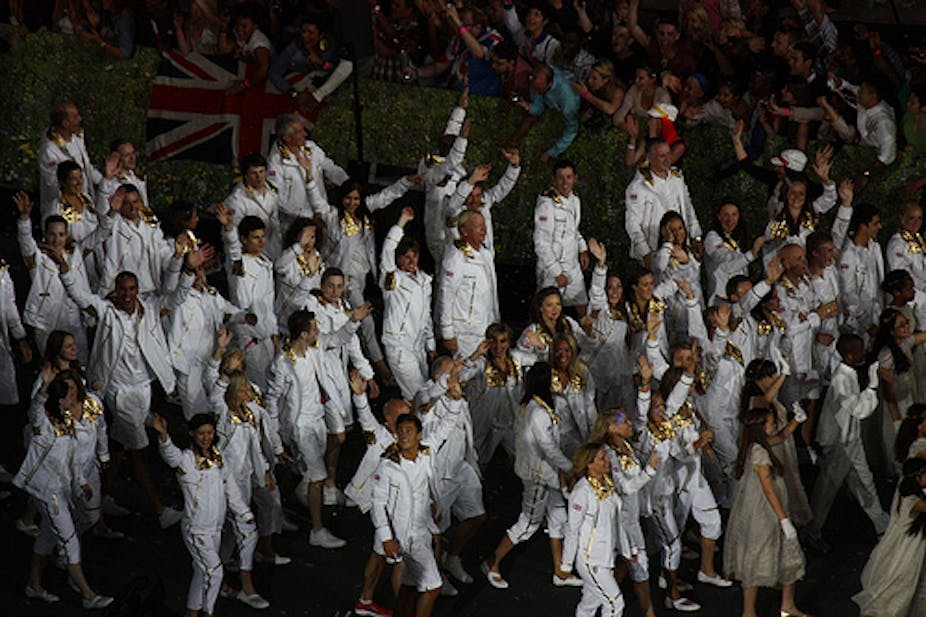Stephen Dank, the man at the centre of Essendon drug scandal has been widely quoted in the media as a sport scientist or performance scientist. He has a PhD but is not accredited with Exercise Sport Science Australia.
And the reality is that in professional sport there are many practitioners who are not accredited. And there are many who are not sport scientists in the way many of us understand the term science – that is, they do not have formal recognised qualifications.
This situation is not limited to Australia. I spent 17 years working as an accredited sport scientist in the UK and at the beginning of my career the same issue was prevalent there. Particularly in soccer and rugby, but this has been slowly but surely changing.
In the UK, the British Association of Sport and Exercise Sciences has been accrediting sport scientists for more than 20 years and developing its scheme in tandem with the sport industry. BASES has a code of conduct that its accredited members work within and if they work outside this code, they face de-registration.
This accreditation is not without its faults but since the English Institute of Sport and other home country institutes of sport decided to stipulate BASES accreditation in personal descriptions, accreditation has become increasingly requested by sport employers, with professional sports increasingly stipulating accreditation as a requirement when advertising their positions, often on the BASES website.
Accreditation has to be worth possessing if it is to be of any value to a practitioner and a stipulation by an employer provides that value. Similarly an accreditation has to be of value to the industry it serves and BASES has worked extremely hard to gain credibility by engaging with sport institutes and national sporting organisations. Critically, as BASES-accredited practitioners have progressed within the sport industry and gained influential positions, accreditation has unsurprisingly become more widely accepted as the “norm”.
The starting point for accreditation is supervised experience, where the “probationary sport scientist” is supervised by an accredited sport scientist for 500 hours of practise. Having demonstrated competency of practise the individual can register as an accredited sport scientist. They will generally hold a post-graduate degree and be required to re-accredit every five years by demonstrating ongoing competency and professional development.
Finally, there is a further level termed “High Performance Sport Accreditation” for those seeking to provide support to high-performance sport programmes. Having been the first to gain HPSA accreditation in 2002, I can vouch not only for the thoroughness of the process but also the value of having my practise peer-reviewed.
Such a rigorous system has great worth to employers who can trust the person interviewing for the role has relevant and worthwhile qualifications and most importantly will work using evidence-based practise and within a code of conduct.
It would appear that across Australian sport there are a significant number of non-accredited practitioners operating. Many are well qualified and highly experienced. One reason I came to Canberra was to collaborate with sports scientists at the AIS whom I consider to be some of the best in the world.
But Australian sport should work more closely with Exercise and Sports Science Australia to deliver an industry-standard accreditation system which insures that sport scientists require accreditation to gain employment. Such an accreditation system should value competency and evidence-based practise and allow existing practitioners with years of experience, but who might not possess a PhD, to gain accreditation.
Some media reports have described how the questionable practises of questionable sport scientists were “cutting edge” because they were using supplements which were “on the fringes” of legality. In the UK, the mantra of the English Institute of Sport was to use “evidence-based” practise. This meant any intervention had to be supported by peer-reviewed, objective data and expert opinion to support its use.
Before any intervention was attempted, there would be an in-depth discussion between peers (for example, sports physicians, other sports scientists, strength and conditioning coaches), the coach and most importantly the athlete. The timing of the intervention in the training cycle, the risk-benefit ratio (the athletes well-being was paramount at all times) and the margin of the potential benefit in performance, in comparison with other possible training interventions, would all be considered before a decision was made. This is truly “cutting edge” practice and contributed massively to the success that Great Britain achieved in the 2008 and 2012 Olympic Games.
Cutting edge practice is not an unsubstantiated gamble based on little or no evidence in humans, and agreed in conversations behind closed doors with athletes kept in the dark. That is simply poor practice.
“Cutting edge” in sports science is a well judged and well conceived intervention, which is likely to help an athlete perform to their potential, while remaining ethical and safe. A move to widespread accreditation would encourage this approach in Australian sport.

